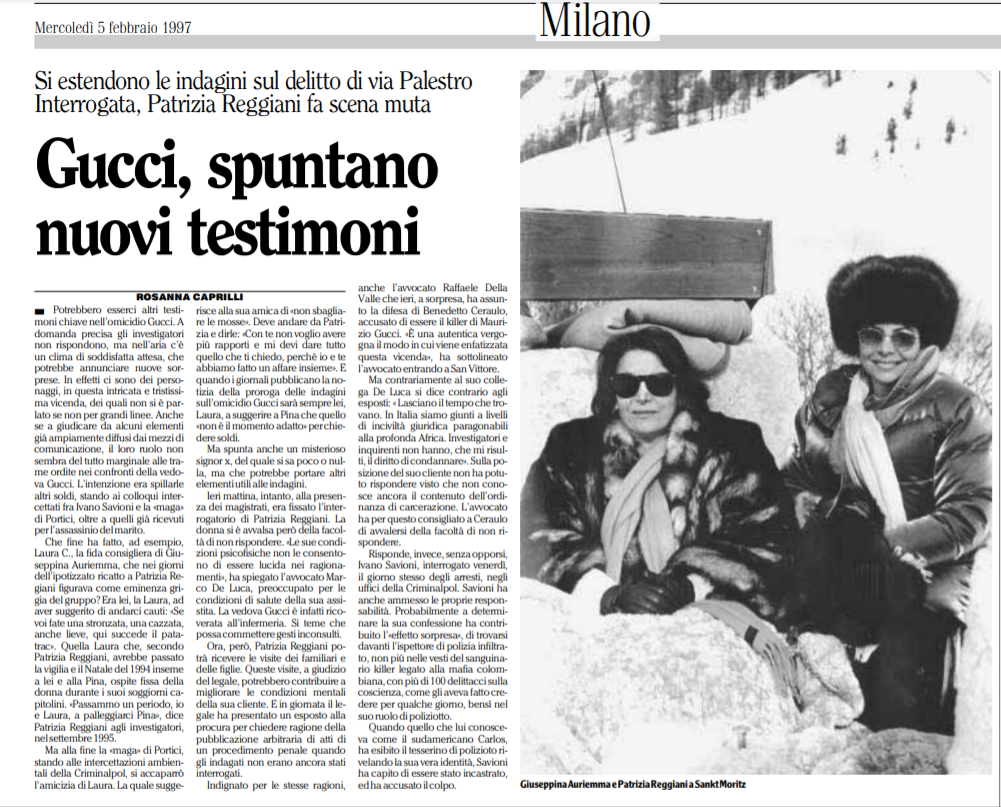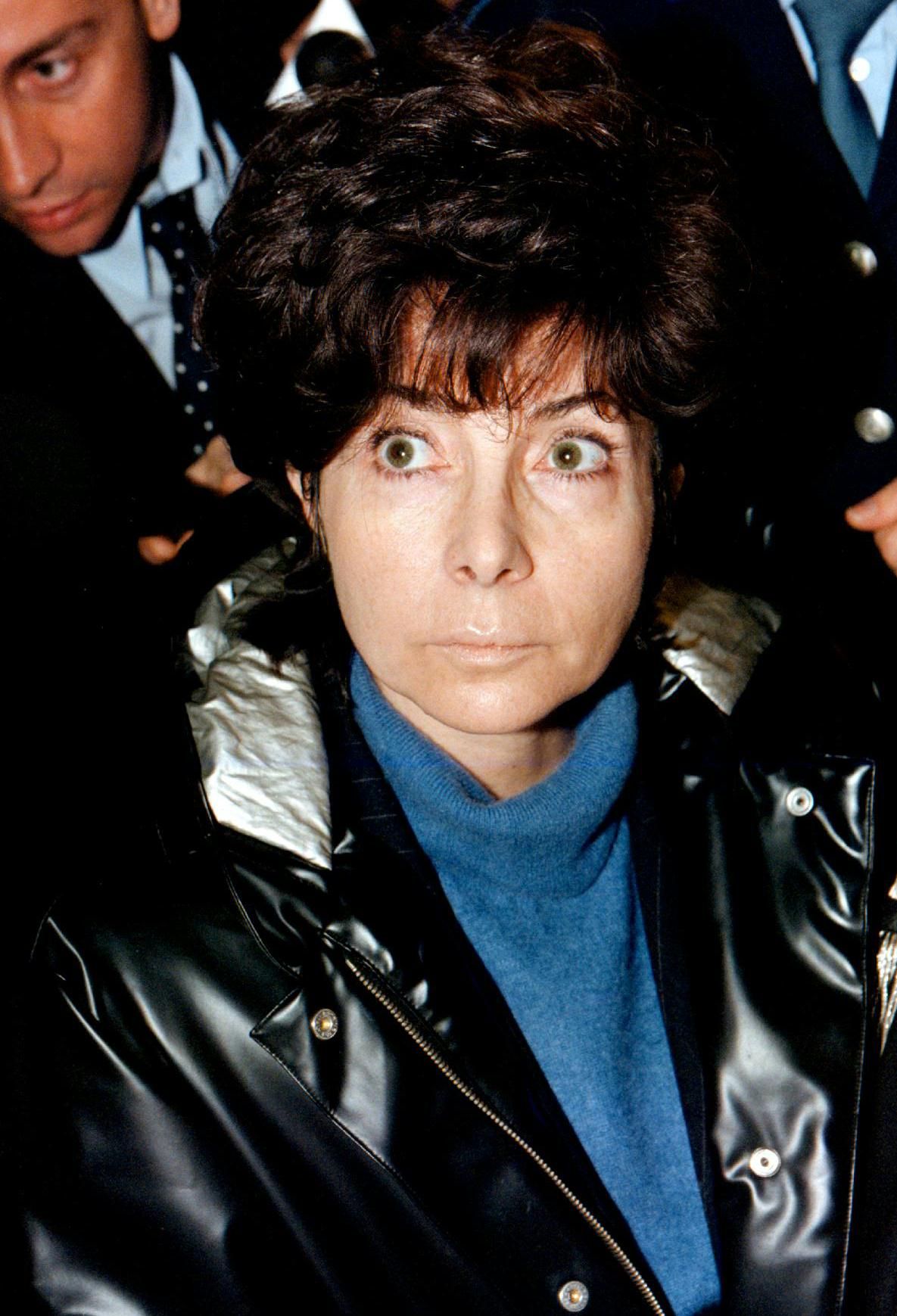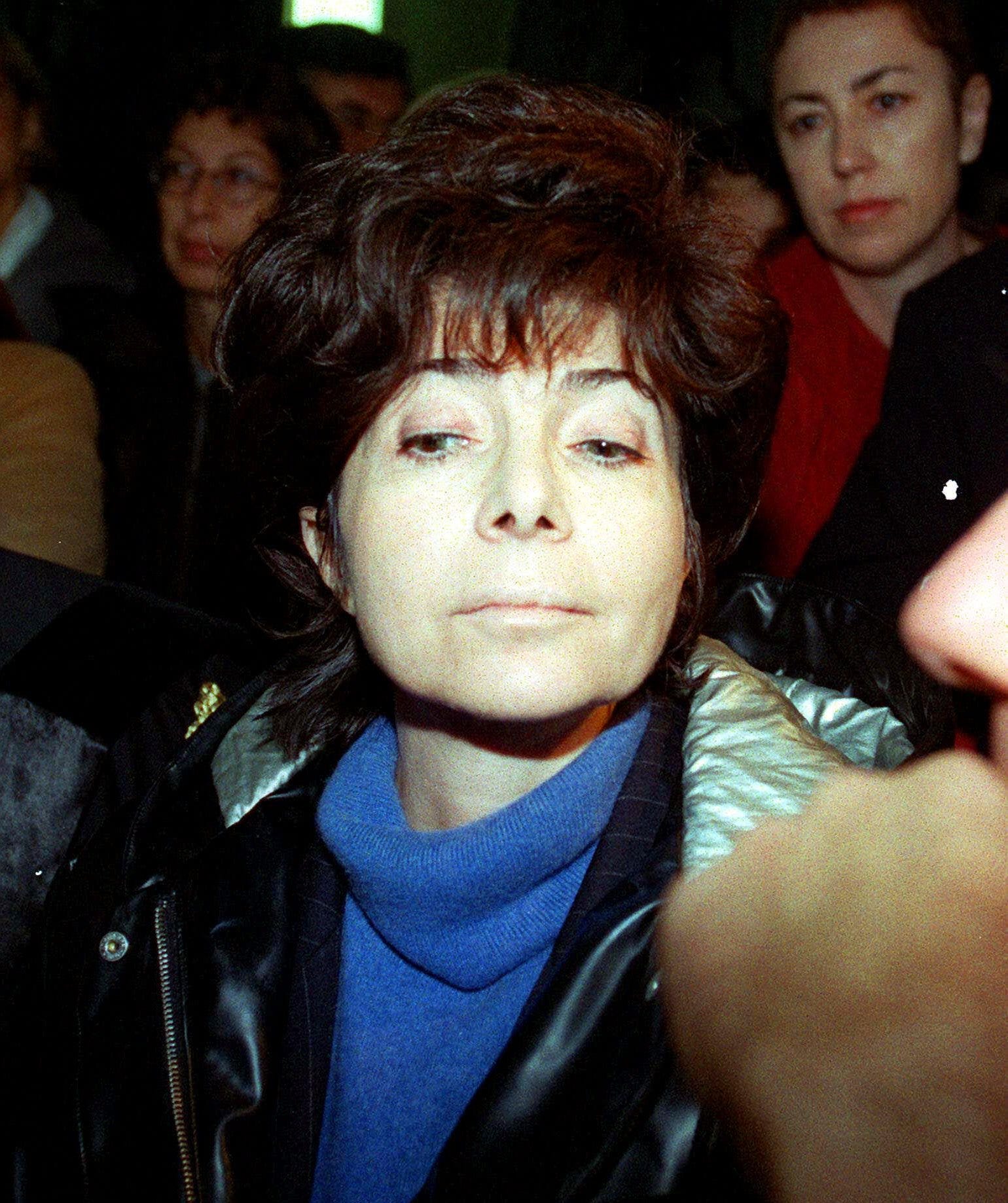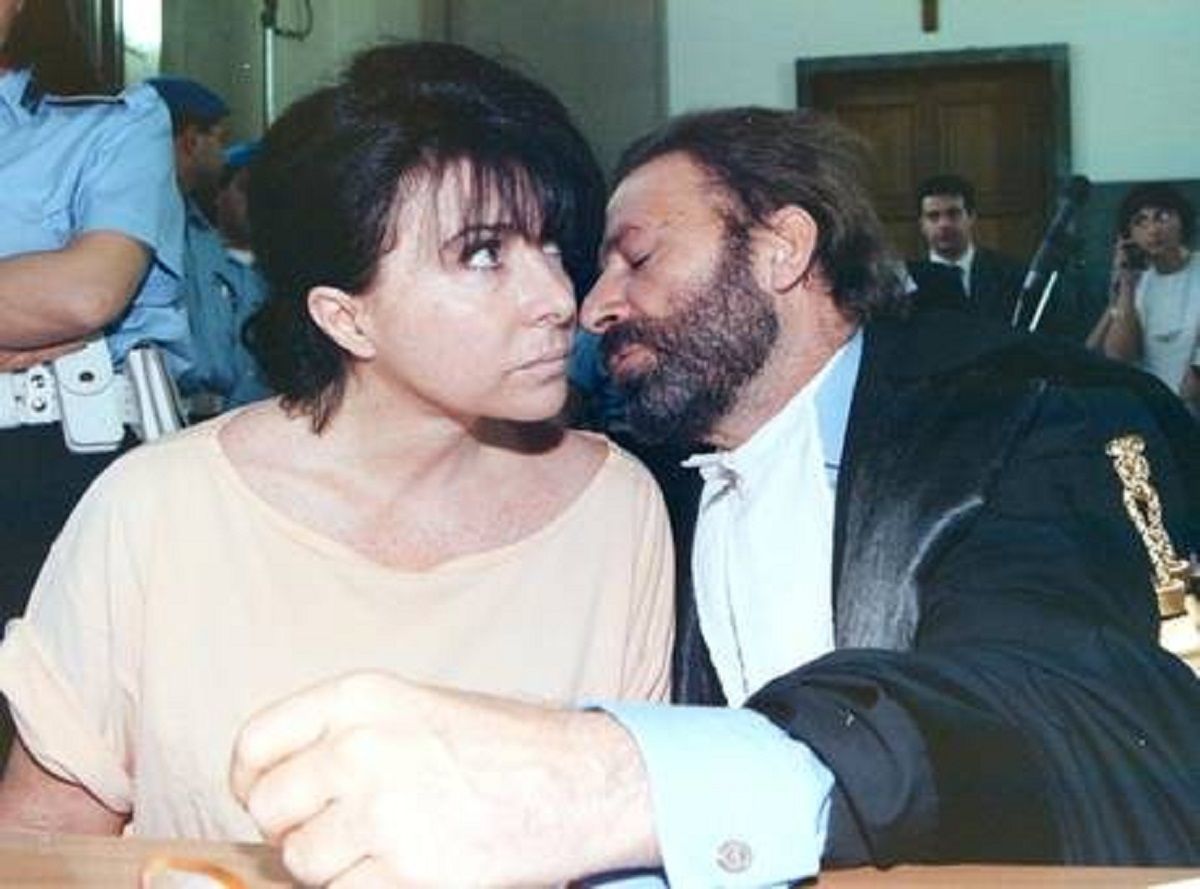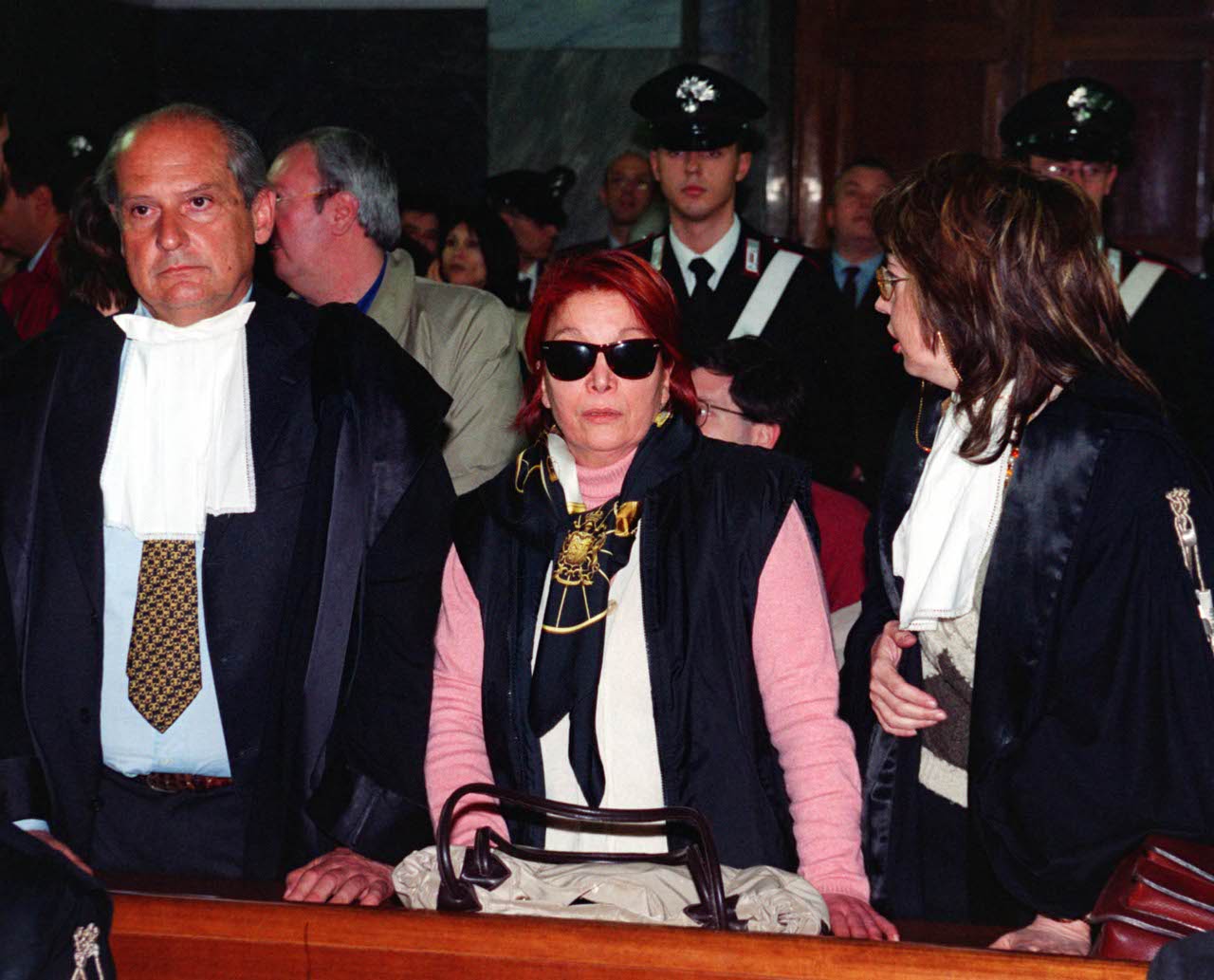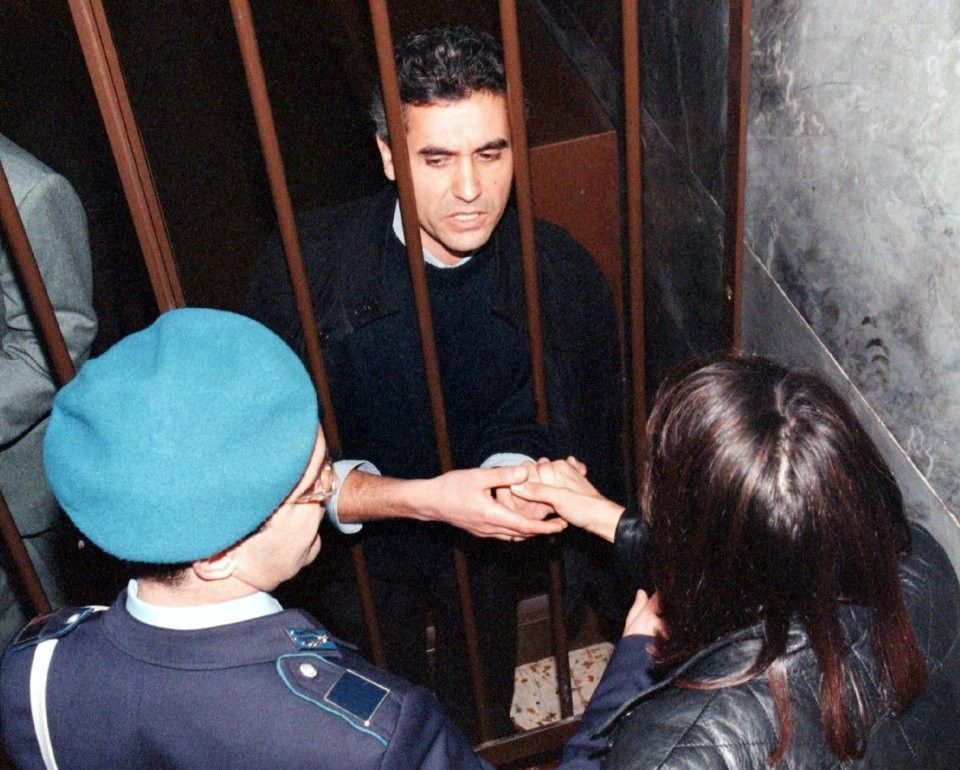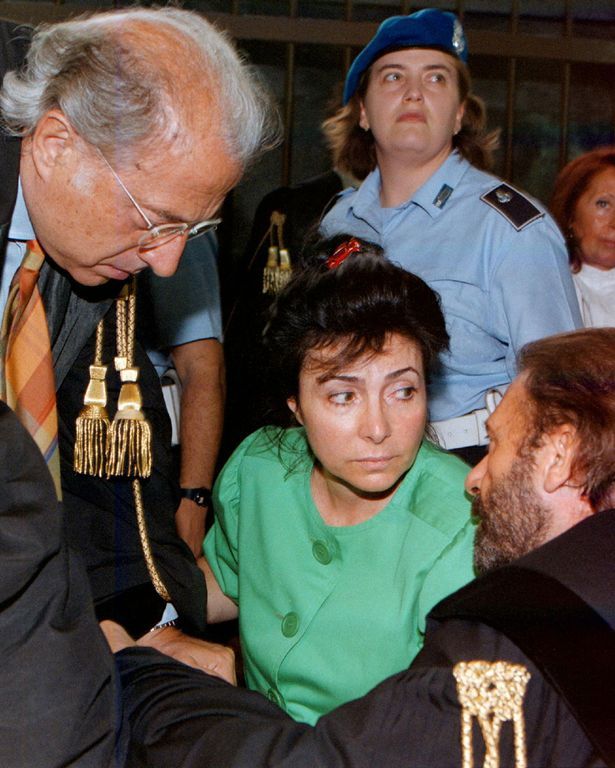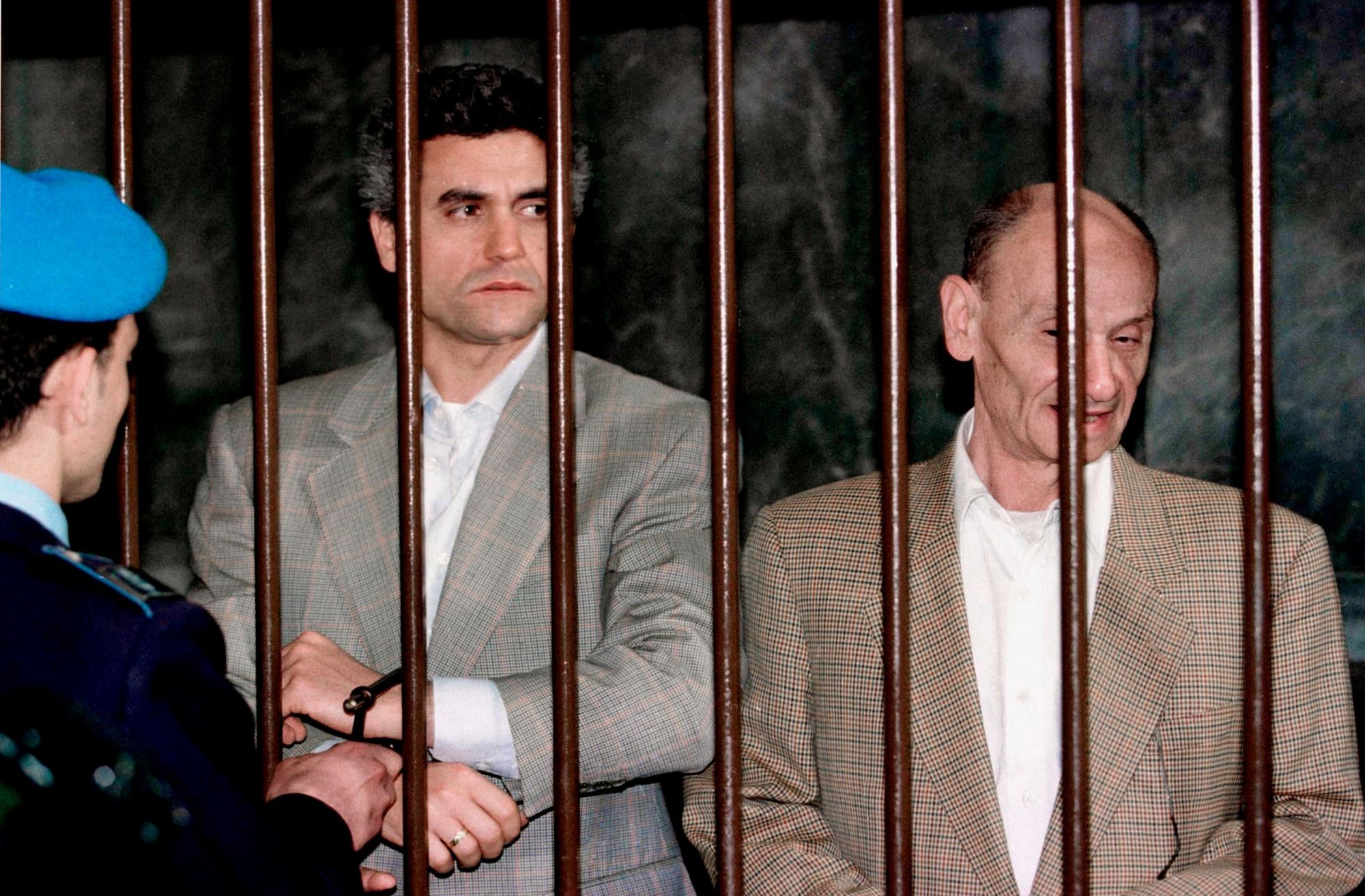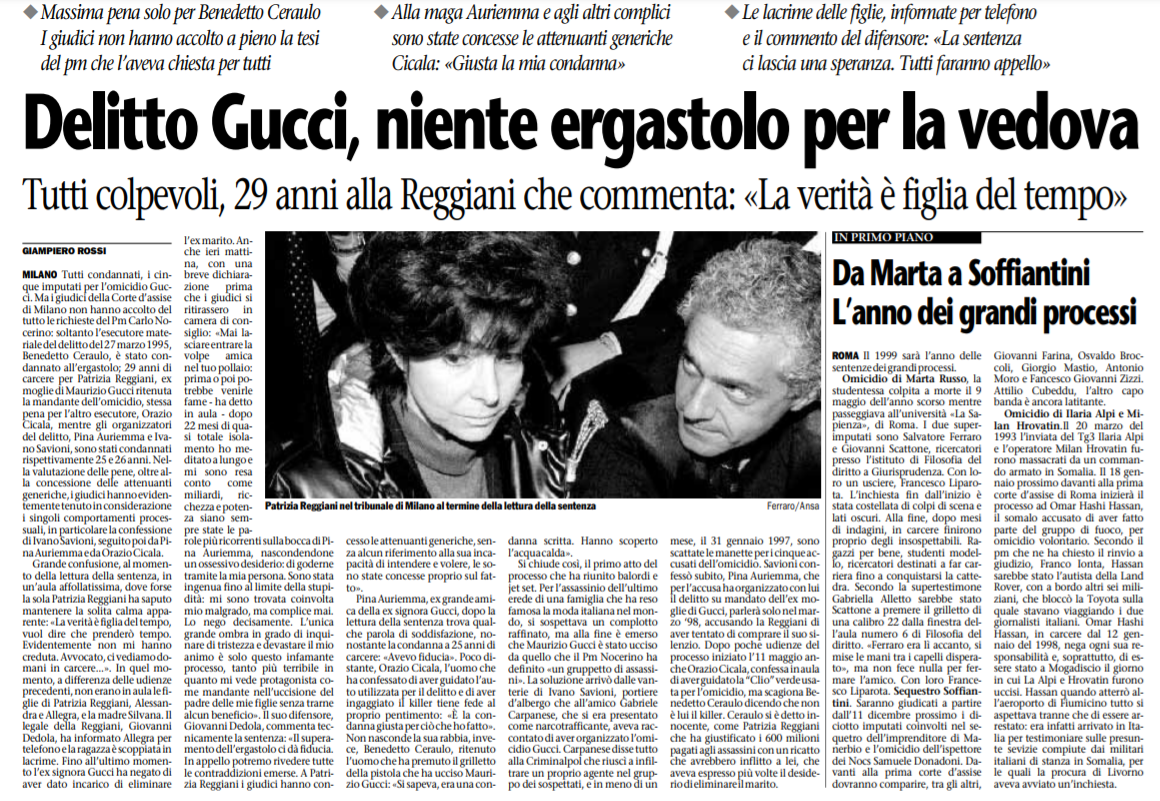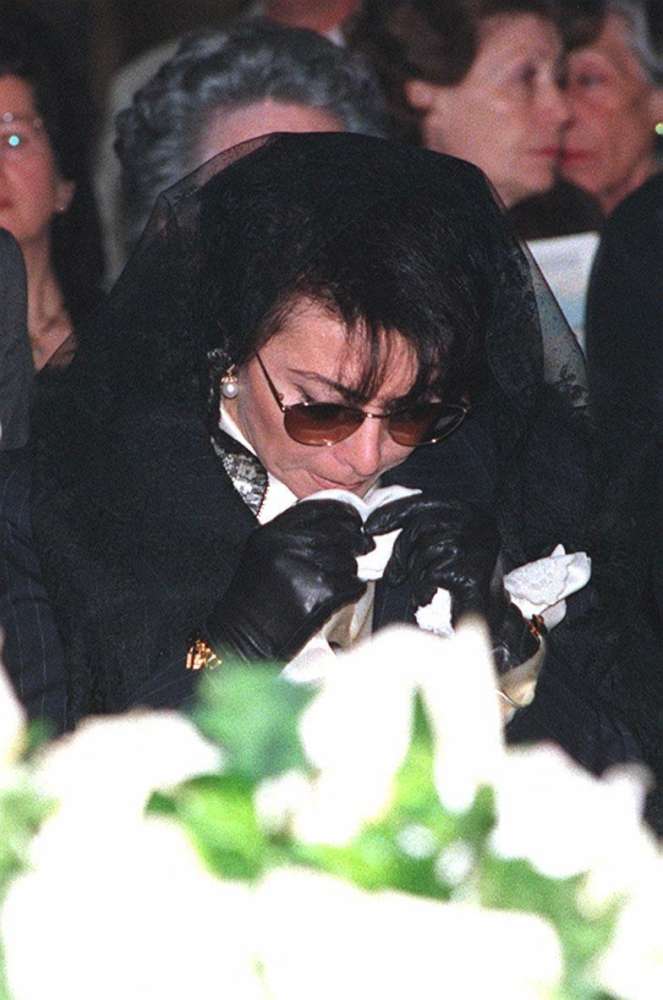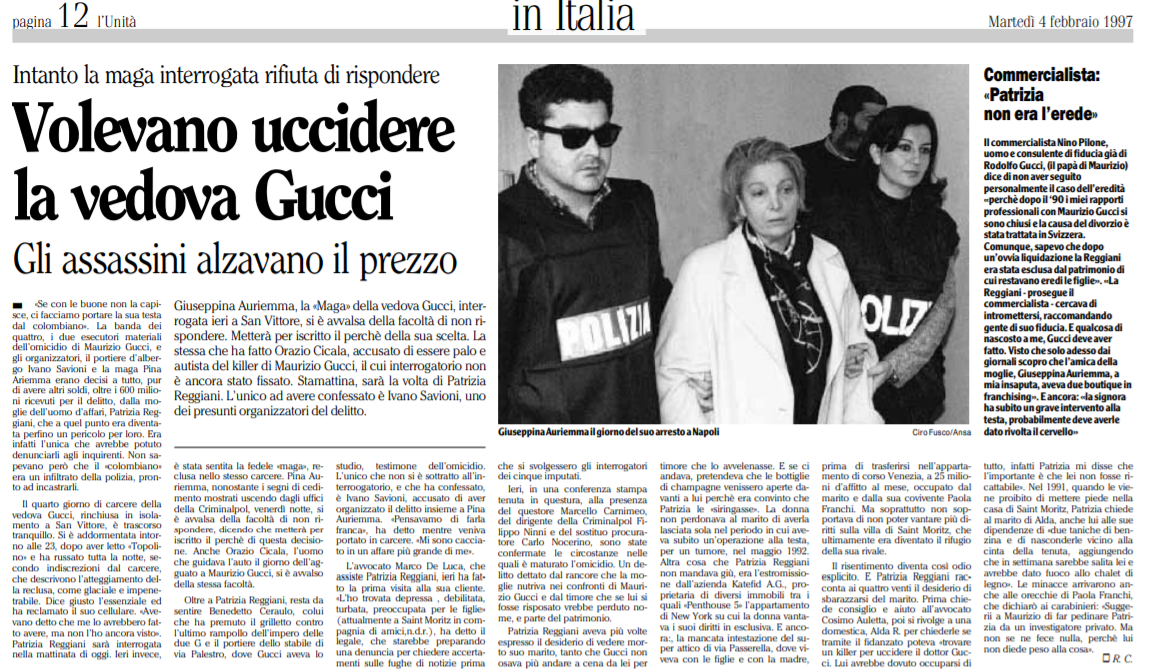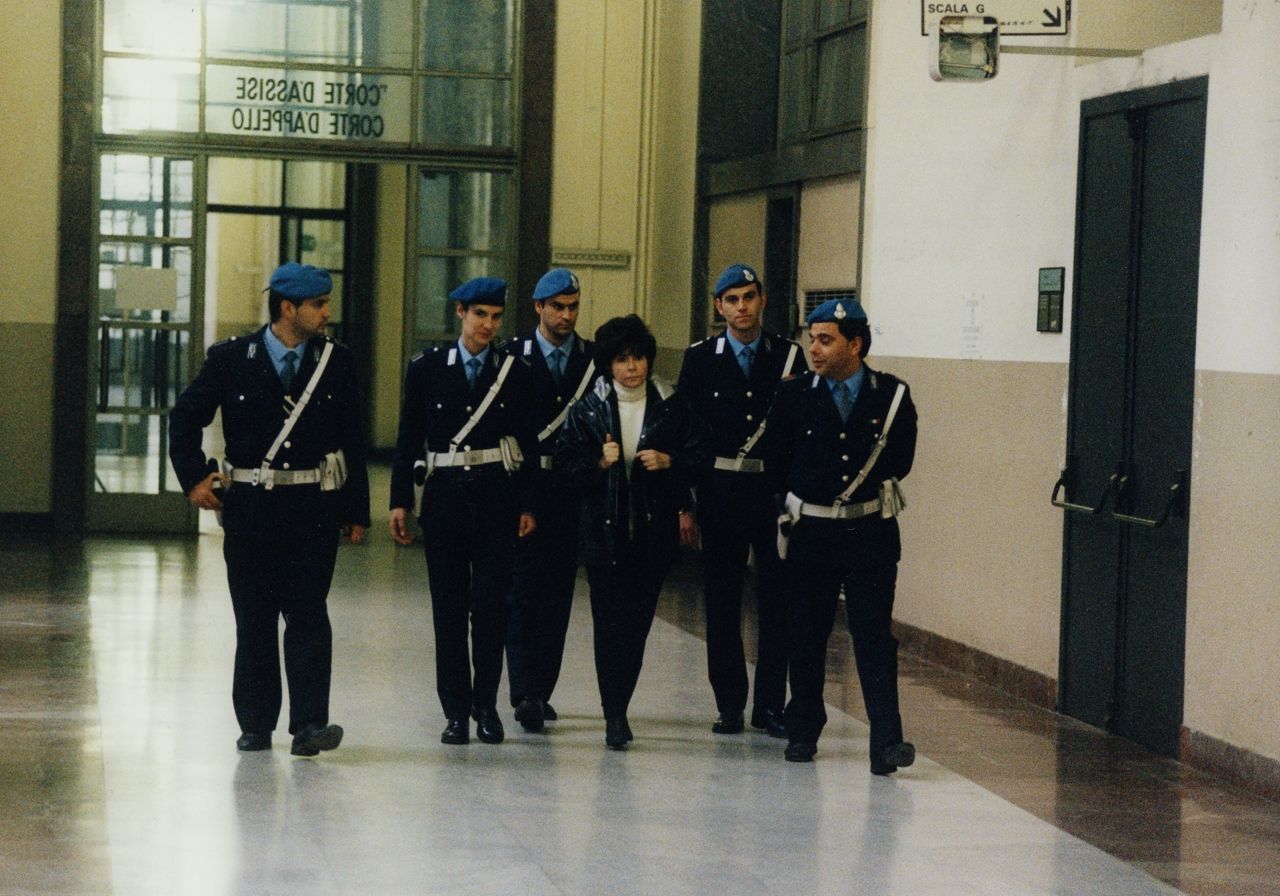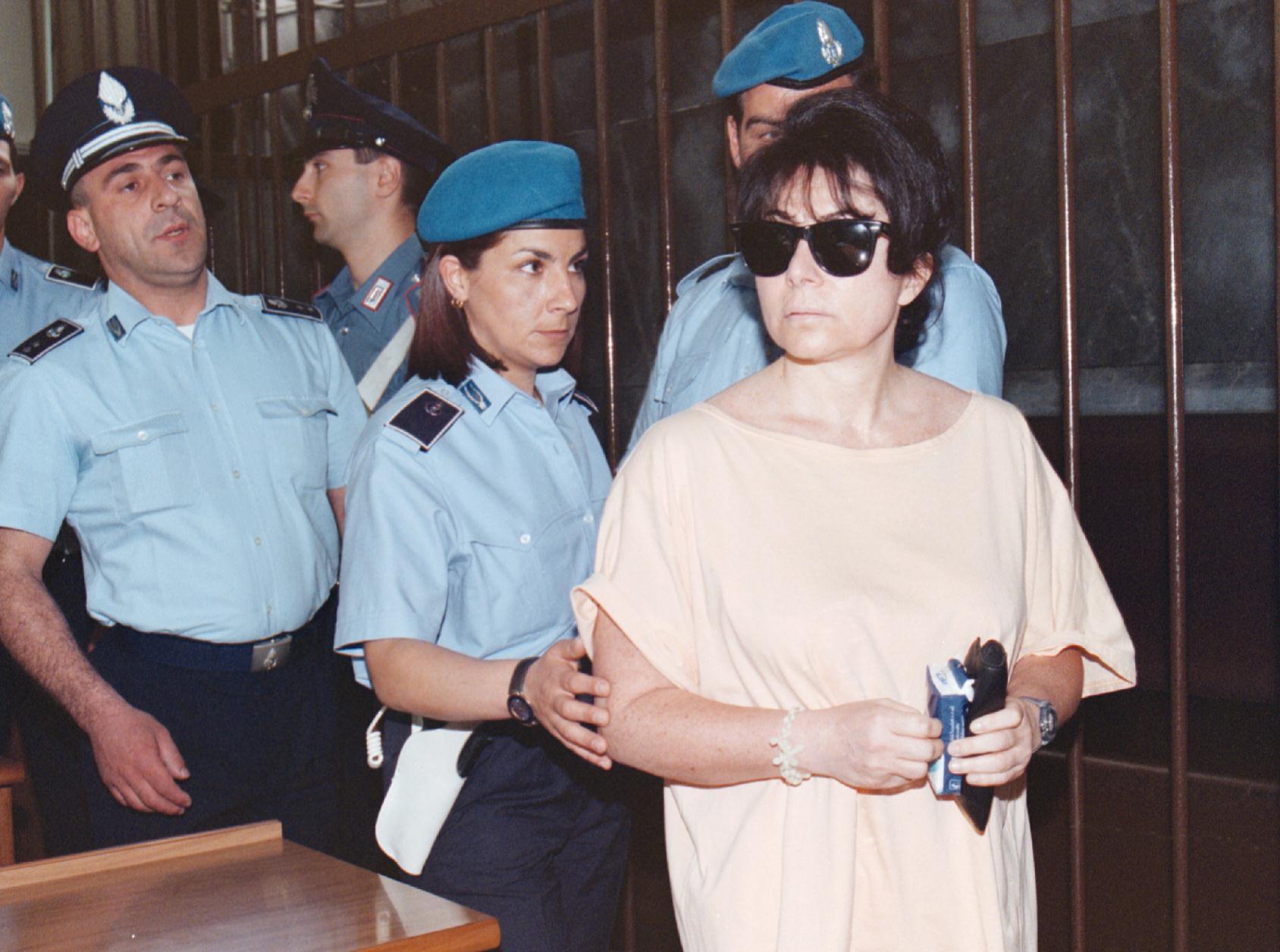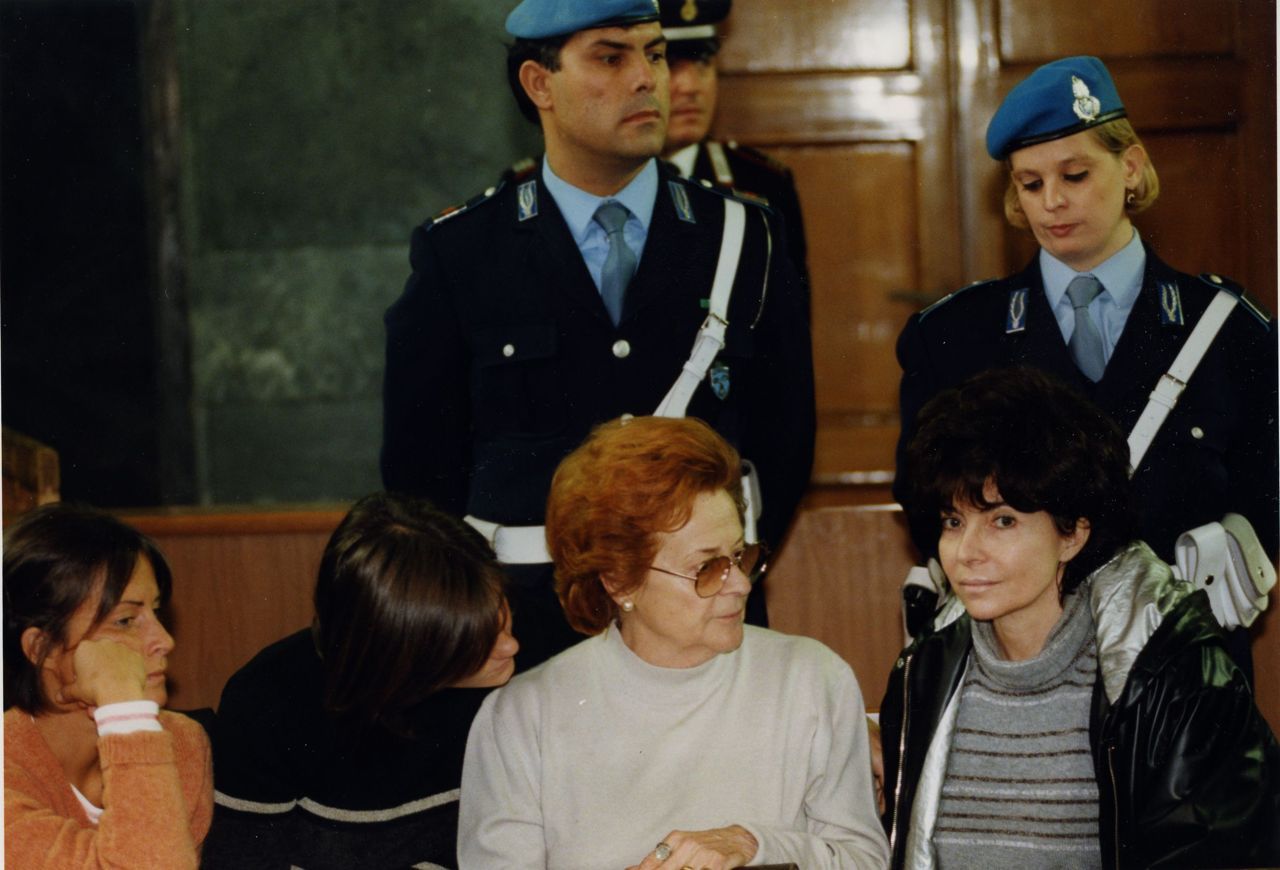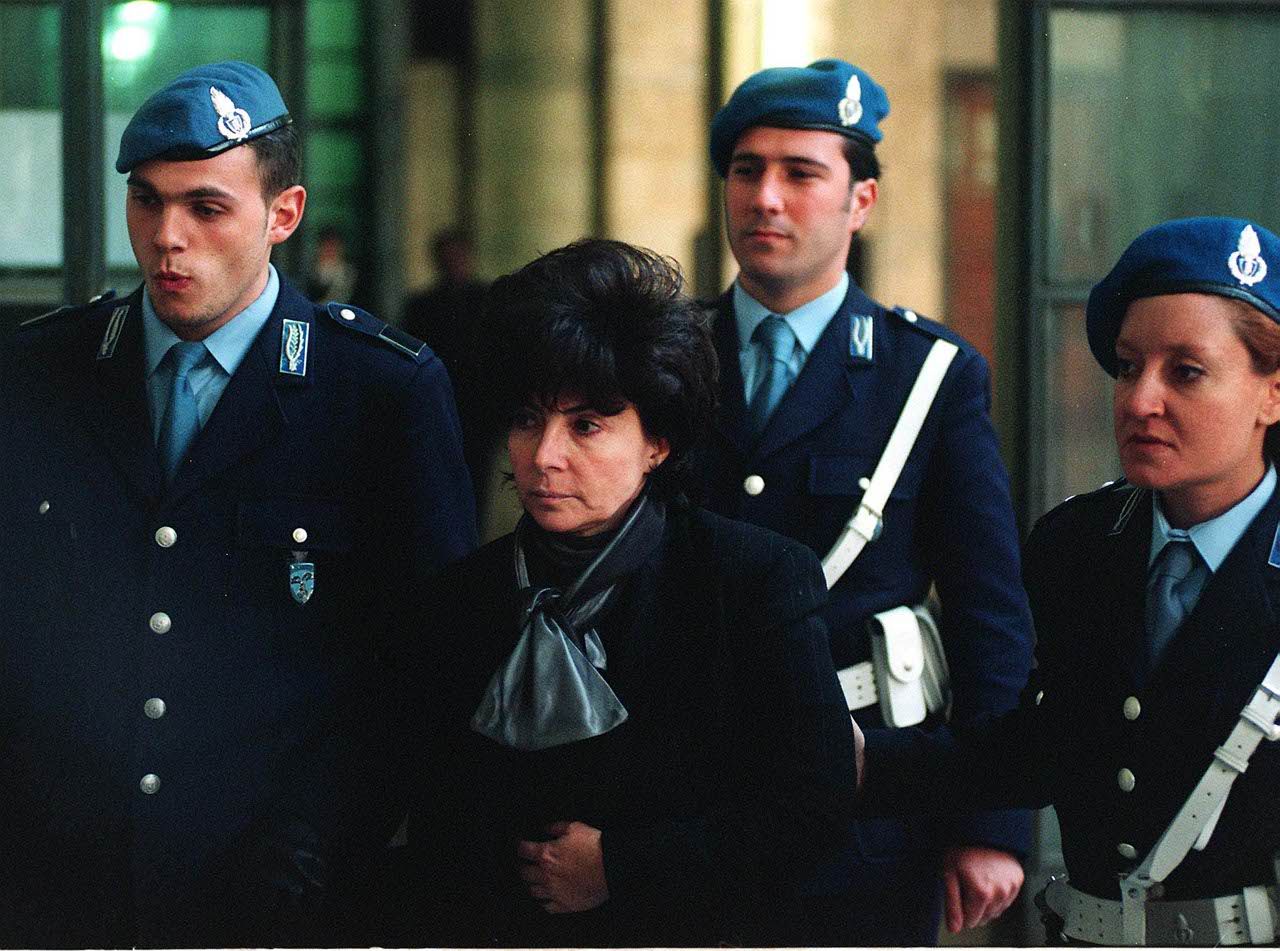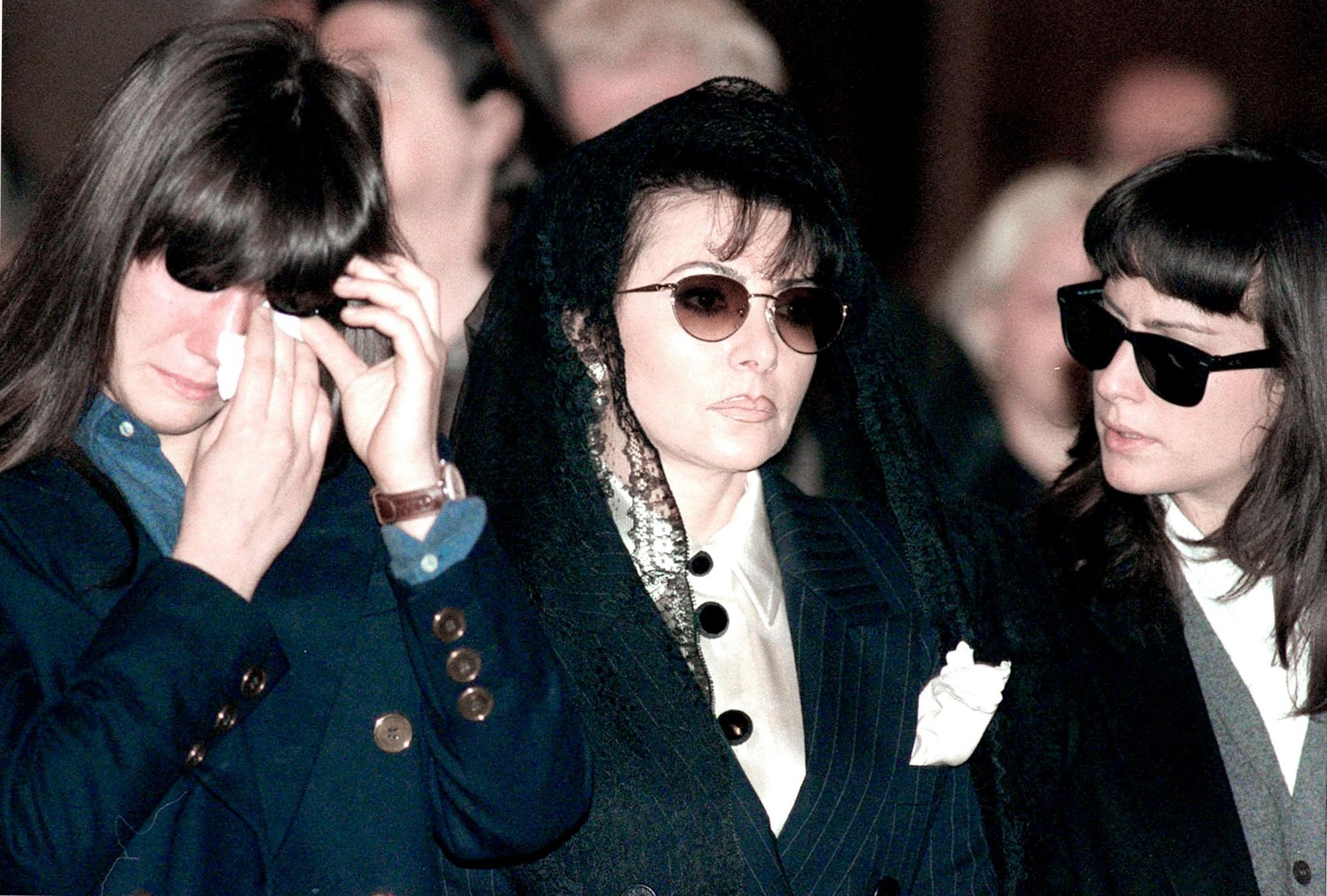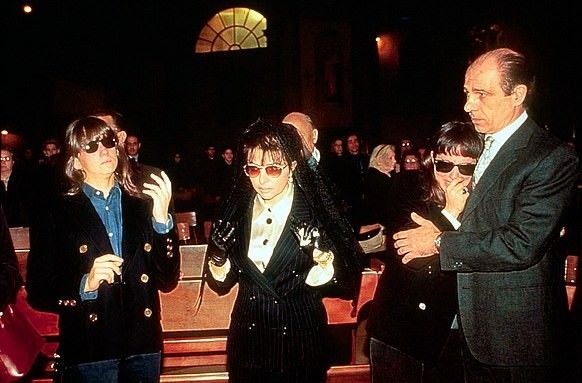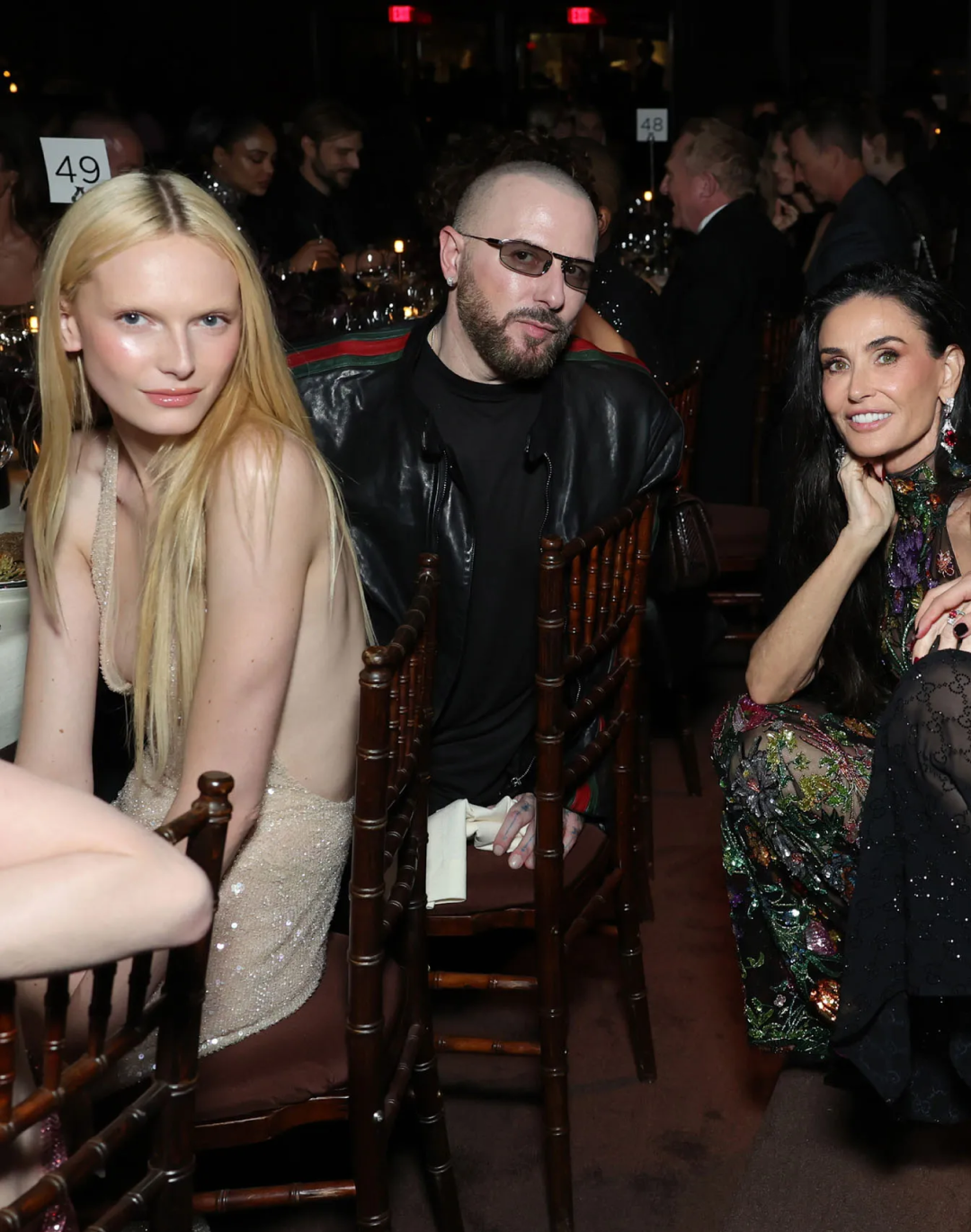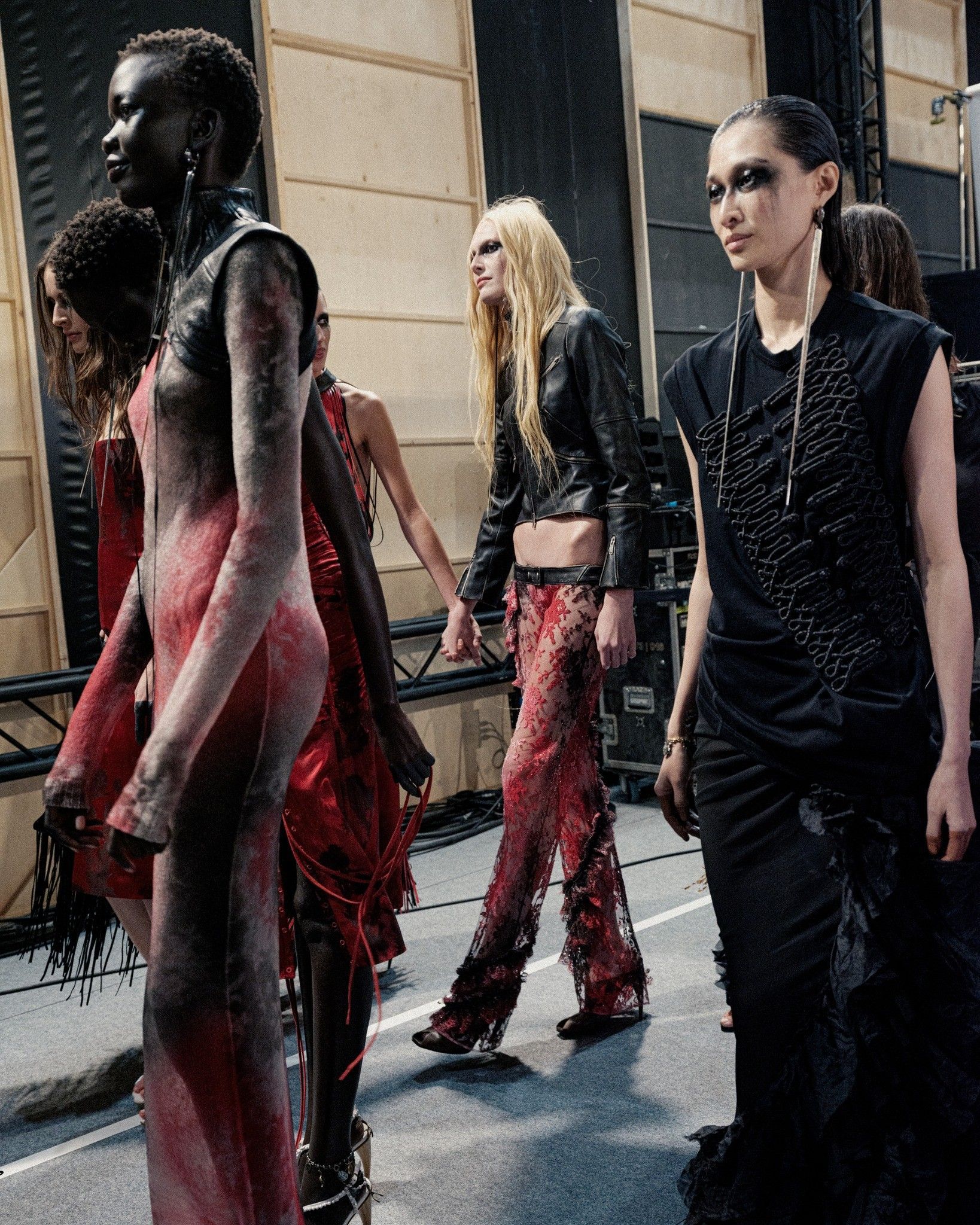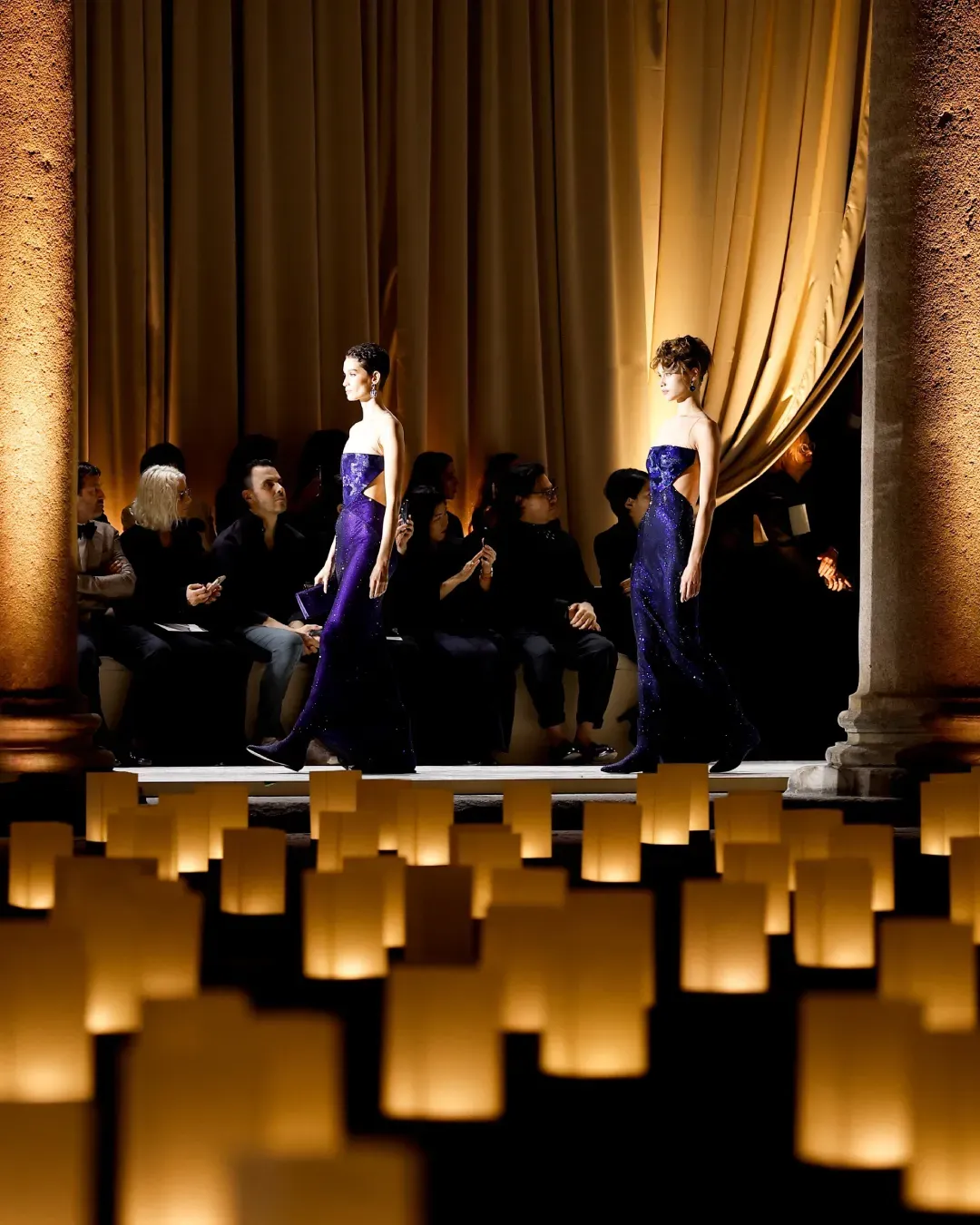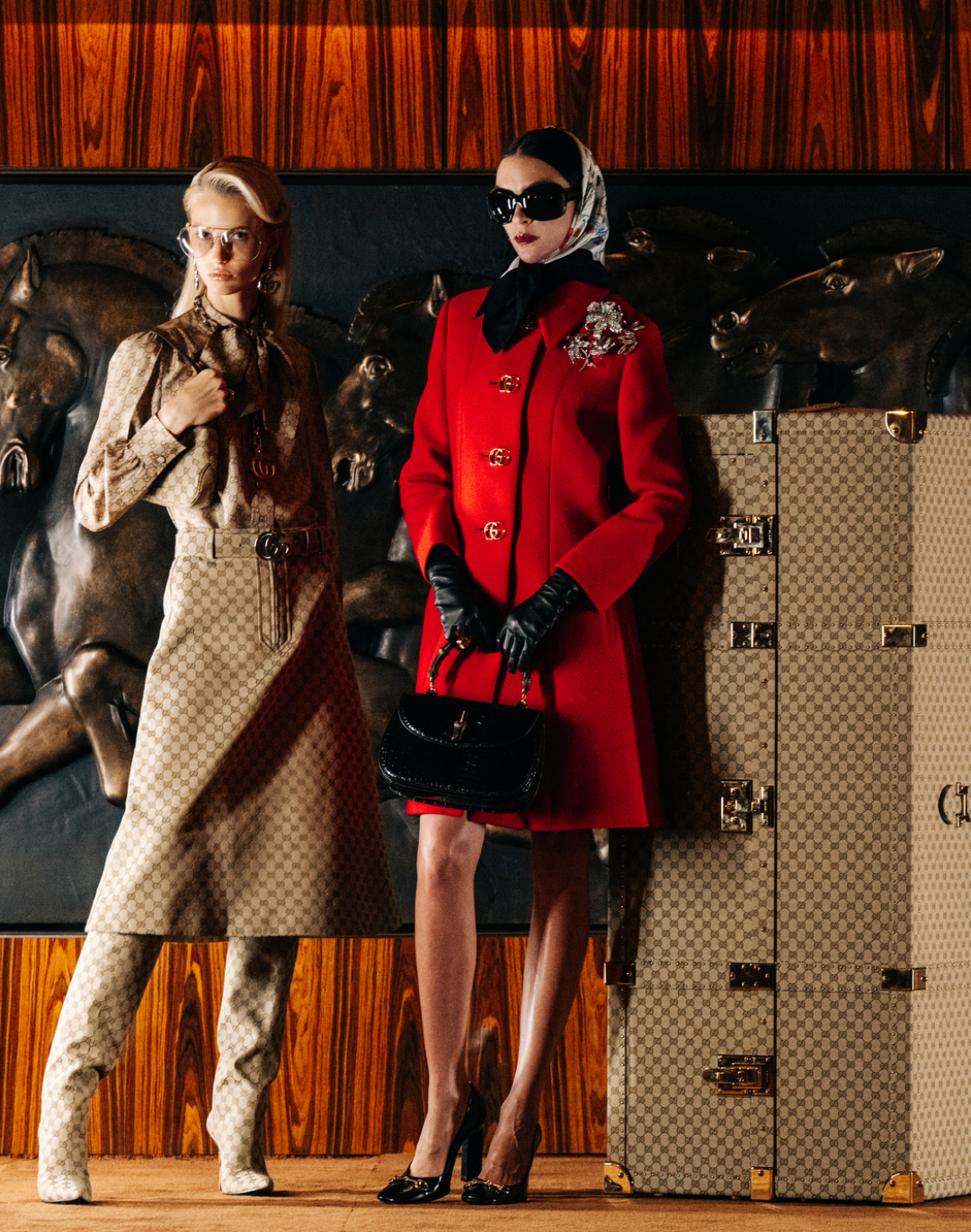
A Gucci Murder Story – E03 “Culprit” The third and final episode of the True Crime series dedicated to the Gucci murder
Three episodes - each every Wednesday - to tell the story of Maurizio Gucci and all the events that preceded it. The first episode, which tells of Maurizio's rise to the top of the company, can be read by clicking on this link while the second, which reconstructs the murder is available at this link.
To do so, we divided the story into three episodes, focused respectively on the rise of Maurizio Gucci to the top of the company, his murder and the investigations that followed. For the convenience of the exhibition, we present below a synthetic family tree of the Gucci family in which we have highlighted the main protagonists of the facts.
******
In the hours following the murder of Maurizio Gucci, Patrizia Reggiani began to be besieged by journalists. She receives them in the salon of her penthouse in San Babila, disheveld, and humbly dressed. She refuses to make statements, saying that everything she knows will be published in the memoir she is writing (and will never be published) although she then, on the phone, tells a member of the press who asked her how she felt: «From a human standpoint, I'm sorry. From a personal standpoint, I couldn't say the same». Three-quarters of an hour after Maurizio's death, Patrizia is in Corso Venezia 38 together with her daughters, the house in which Maurizio lived with his new partner, Paola Franchi. She arrives with the excuse that little Alessandra wants to take a sweater from her father as a last memory – all an excuse to check that furniture and valuables are still there.
Accusing Franchi of having stole silverware and some curtains she drove her out of the house and moved in, according to some accounts she used to sleep in the same bed where Maurizio slept, and began to give parties «wordly but cheap», as an anonymous friend of the victim remarked to Repubblica. On her Cartier notebook, on the page corresponding to the day of the murder, she wrote only one thing: the Greek word Paradeisos - Heaven. A few months after the crime, in July, Patrizia went on holiday: a long cruise on the Crèole, the cursed family yacht. During the holiday, stopped off Portugal, he even receives Maurizio's ex-lawyer, Giuseppe Parodi, to whom he asks to transfer the money deposited in his daughters' account - but she did not succeed.
Cold trails
Meanwhile, the police investigation was lost in several potential directions – all of which were already false. Yet his cousin Paolo Gucci, who also had problems with the law and was destined to die a few months after Maurizio, had said and repeated that that murder had not been dictated by financial motives. Yet the investigators told her all, especially after the opening of the documents of Maurizio's new company revealed almost billions in debts: it was hypothesized that he had been killed for debts, punished for investing in a casino and manipulated money, punished even by international Arab or Russian killers for who knows what I'm going to pay. At one point the name of Delfo Zorzi came up, a neo-fascist involved in the Piazza Fontana massacre, who had lent money to Maurizio – but that too is a false lead. For two years we tried and yet nothing emerged. In the summer of '96 the name of Maurizio Gucci disappeared from the newspapers. But he would soon be back. Towards the end of the year, however, a phone call arrives: on the phone there is such a Gabriele Carpanese, one of the residents of the hotel where Ivano Savioni worked, who tells a story halfway between the tragedy and the farce that will lead to the arrest of the perpetrators of the Gucci murder.
On the low floor
After the murder was completed, there began to be money problems. Orazio Cicala had cled the largest slice of the cake, 350 million lire which were promptly burned at the gaming table; Benedetto Ceraulo collected 150 million that were invested in the construction of a house; Ivano Savioni, who had dealt with the "logistics" of the murder, had received 50 million but they were eaten away by loan sharks while Pina Auriemma received 3 million a month from Patrizia as an annuity. None of them were happy and, after Patrizia refused to give them any more money, they wanted to get more by means of intimidation. The gang then tried to find a new hitman who was supposed to threaten Patrizia after kidnapping her on her way to the hairdresser in Piazza San Babila and eventually even killing her. Here came into play a figure that was later renamed the "Super-witness", namely Garbriele Carpanese, a retired cook who after touring half the world in search of fortune had returned to Italy without a penny. Carpanese resided in the Hotel Adry, where Savioni worked, along with his cancer-ill wife, and introduced himself to the accomplice of the crime claimed to be a drug trafficker with friends in Colombia and waiting for money – a somewhat wacky lie told not to pay the hotel bill.
Yet Savioni believed him and, thinking he had found the hitman he was looking for, told him the whole story of the murder. Carpanese was convinced that Savioni's troubles were about a robbery or a scam, he had no idea of stumbling upon one of the greatest unsolved murders of the 90s. So he decided to report everything to the police: he first called the prosecutor Nocerino who did not answer him, and then contacted the Criminalpol of Milan stating that he had very important information about the murderers of Maurizio Gucci. The news comes just as the investigation was last extended before it was closed: if Ivano Savioni had kept quiet, if the other gang members had not been greedy, the case would still be unsolved. Carpanese agreed with the police to frame the culprits: an undercover mission had started. An undercover policeman pretended to be a drug trafficker named Carlos and was introduced to Savioni as the fixer of a Colombian boss named Hermann. In presenting the fake killer to Savioni, Carpanese also cites Pulp Fiction: «He's Carlos, he solves problems». Savioni and Auriemma are so desperate and happy to have found their hitman that they tell everything to the killer, although in vague terms, then ending up saying Reggiani's name. Meanwhile, Savioni's car got filled with microspies and Reggiani's phones were put under control. In short, evidence of the strange gang of criminals's guilt gathered around them and arrest orders were issued.
At 4:45AM on Friday, February 1, 1997, Criminalpol broke into the apartment in Corso Venezia where Patrizia lived. She's in the hallway, wearing a dressing gown, and she doesn't blink when they put the thirty-eight pages of the arrest warrant in her hands. She only and obsessively answers «Alright», while for the next two hours the police searched the whole house. She is taken to the barracks wearing a mink and gold earrings. At noon she was transferred to an isolation cell in San Vittore. In the meantime, the police have arrested all the accomplices of the murder: the first to sing is Ivano Savioni who immediately signs a ten-page confession. But Patrizia already has ready her version of events that she will keep for the rest of the process: «They made everything on their own, I didn't really want him dead». Yet Savioni denies it: he met Reggiani three times, once in Arcore, another at the Giamaica bar in Brera – it was the time he insisted on speeding up the murder, before Maurizio left to follow the regattas of his boats.
The trial
Patrizia and Pina Auriemma were separated by a few cells when the trial began on May 11, 1997. A process that will prove seemingly easy, given the enormity of overwhelming evidence that all the accomplices, Patrizia in the first place, have left behind – but that the widow Gucci will make it a kind of ordeal trying in every way to cloud the waters. First offering two billion to Pina Auriemma to take full responsibility, then trying to exonerate herself with the insanity defense because of the "psychic disorders" caused to her by the tumor operation of 1991, finally presenting her own version of the facts using a ruse that, in retrospect, suggests a fairly accurate plan: before the murder, at the time when she had paid the advance of 150 million by getting herself a kind of receipt, Patrizia had left a closed envelope in the hands of the notary with that document and a note written on it that, if anything ever happened to her, the investigators should investigate Pina Auriemma who was the real perpetrator of the murder. According to Reggiani's version, rejected by the judges, Auriemma had Maurizio killed independently and then blackmailed Patrizia by implicating her in the crime of things done.
Media around the world watched the trial, which quickly spiraled into a sad game of mutual accusations. The sentence was read on November 3, 1998: Benedetto Ceraulo, material executor of the murder, will end up in prison for life; Patrizia Reggiani will serve 29 years as will Orazio Cicala, the killer's driver. Ivano Savioni and Pina Auriemma receive 26 and 25 years. The best summary of the whole affair, however, had already given it the implacable prosecutor, Carlo Nocerino, who on October 21st had demonstrated with a meticulous, long and irrefutable ten-hour indictment the guilt of all, analyzing in every detail Patrizia's behaviors, and concluding with these words:
«I also thought a lot about that absurd and incredible death. The death of a man that no one here has ever described with full clarity. That man was killed because Orazio Cicala wanted money to play at the casino; Benedetto Cerauolo to take his daughter to a larger house; Ivano Savioni to make a few pennies and Pina Auriemma in order to continue to be the lady-in-waiting she was. Here, these are the reasons why Maurizio Gucci died».
In the following years, until his release from prison in 2013, Patrizia Reggiani became famous again for her bizarre behaviors in prison the first of which was to call the penitentiary of San Vittore, Victor's Residence, as if it were a hotel. Daniele Pizzi, his lawyer, said: «Jail didn't change her, it is her who changed the jail». Those who visited her often found her sunbathing in the courtyard, always accompanied by Bamby, a ferret that the director of the penitentiary had allowed her to keep and who died when another prisoner, by mistake, sat on it. Its successor was another ferret which, on his death, was replaced by a parrot. In interviews following her release Patrizia claimed to have introduced make-up and fashion to female prisoners - and perhaps it must be believed considering that she obtained custody for good conduct and walked out of prison after 17 years in prison. During those years, however, she had not missed anything: the hairdresser, the dentist and the plastic surgeon came to visit her from outside and on the door of her cell hung a black cloth, as a curtain, to make sure not to wake her up before ten in the morning.










































